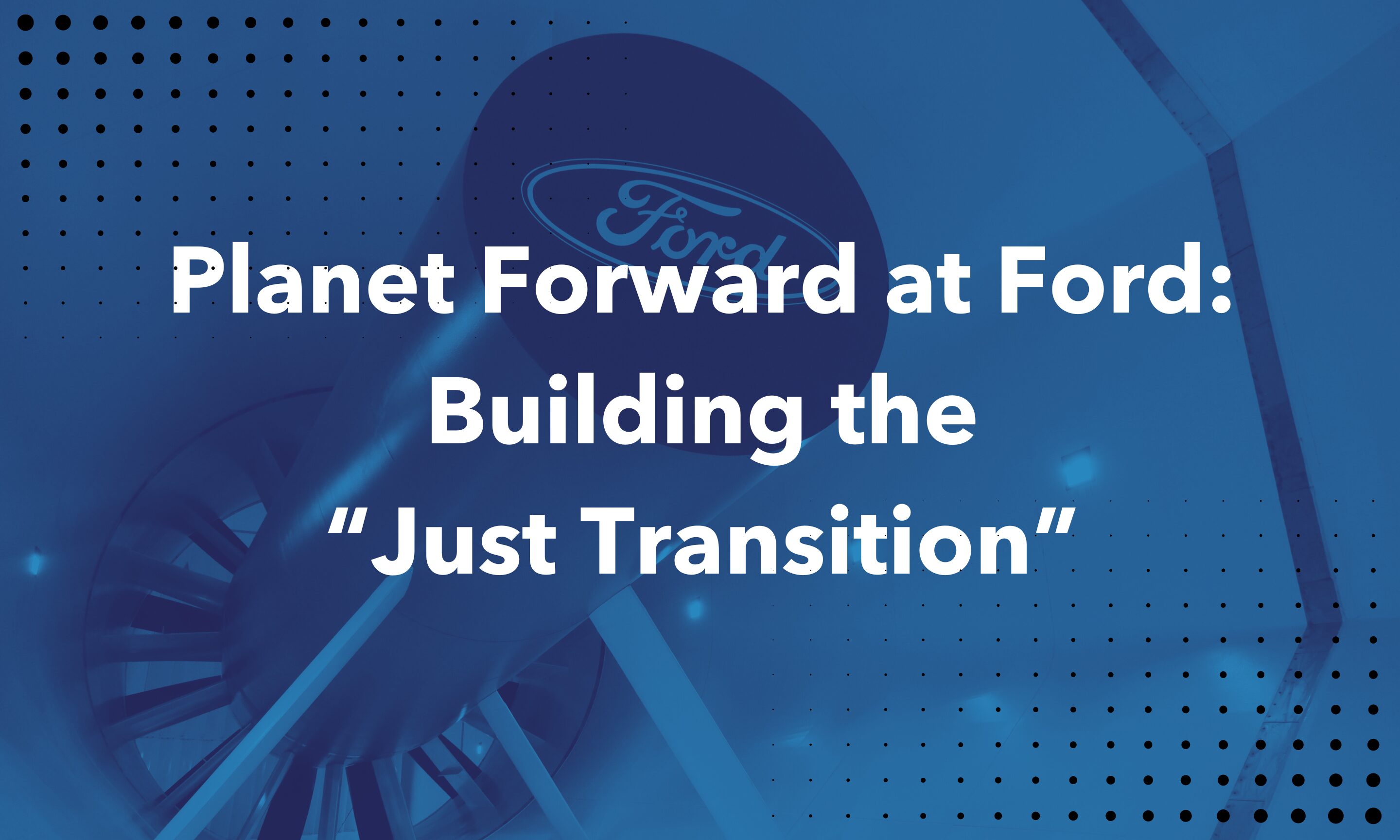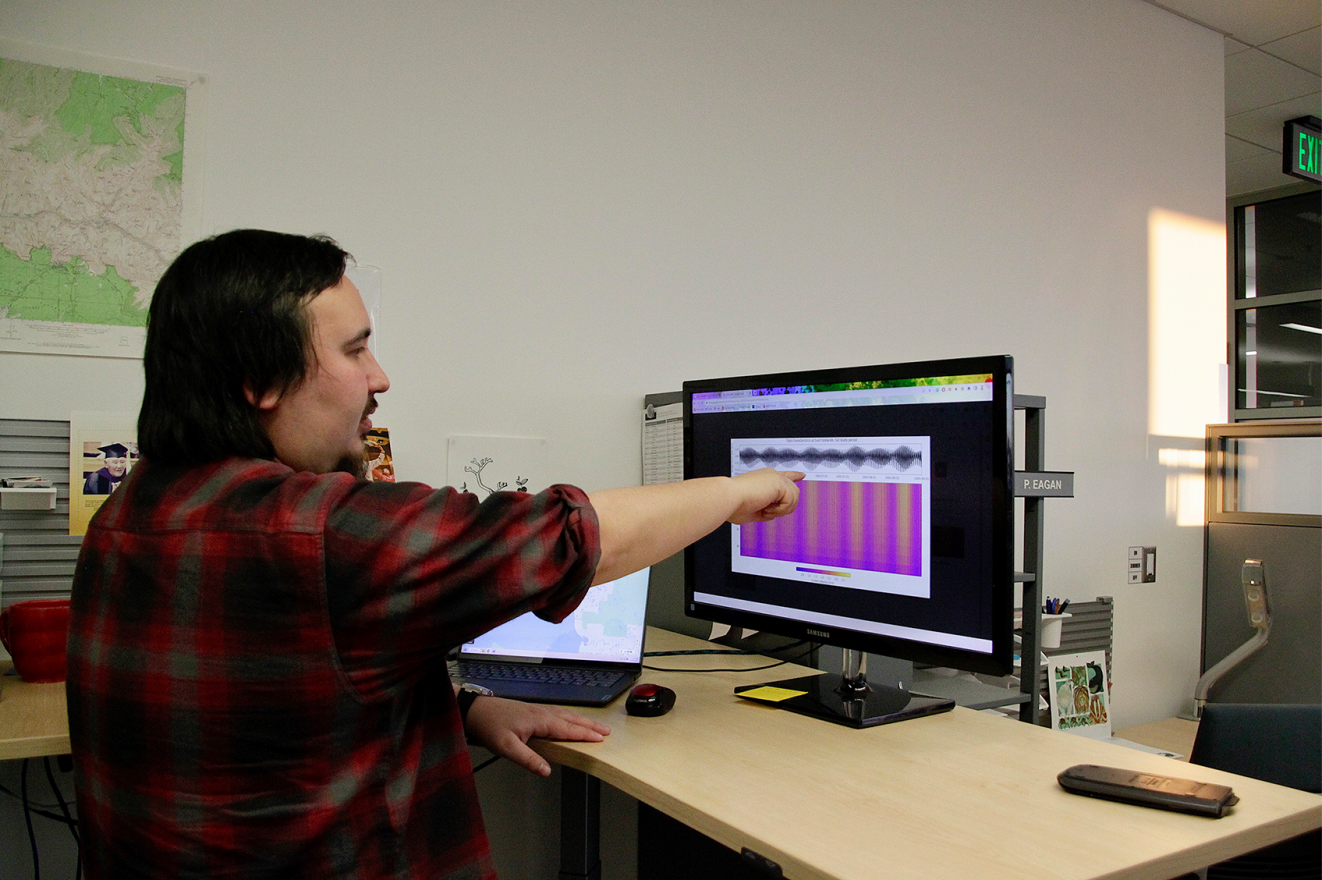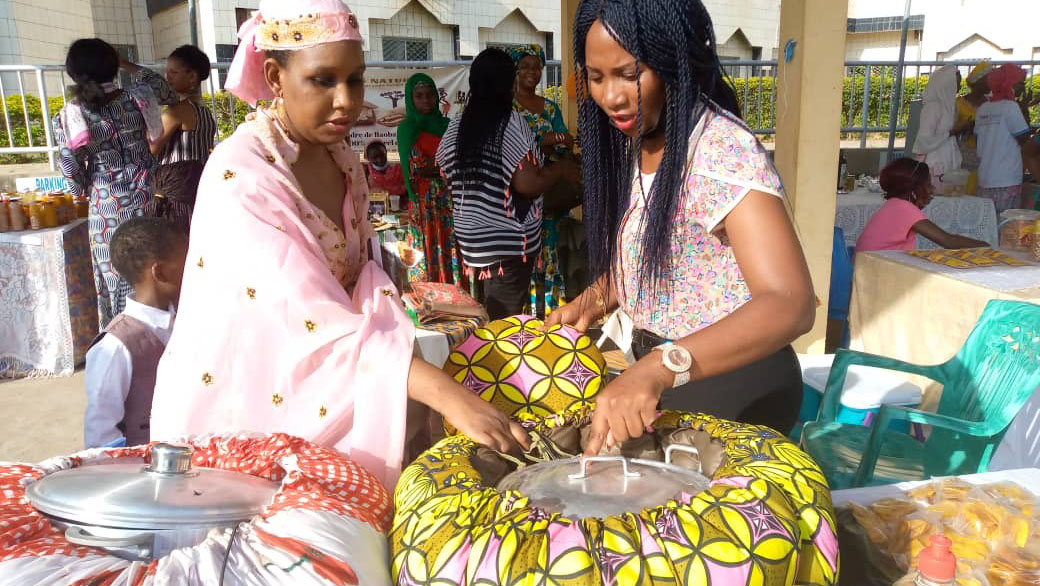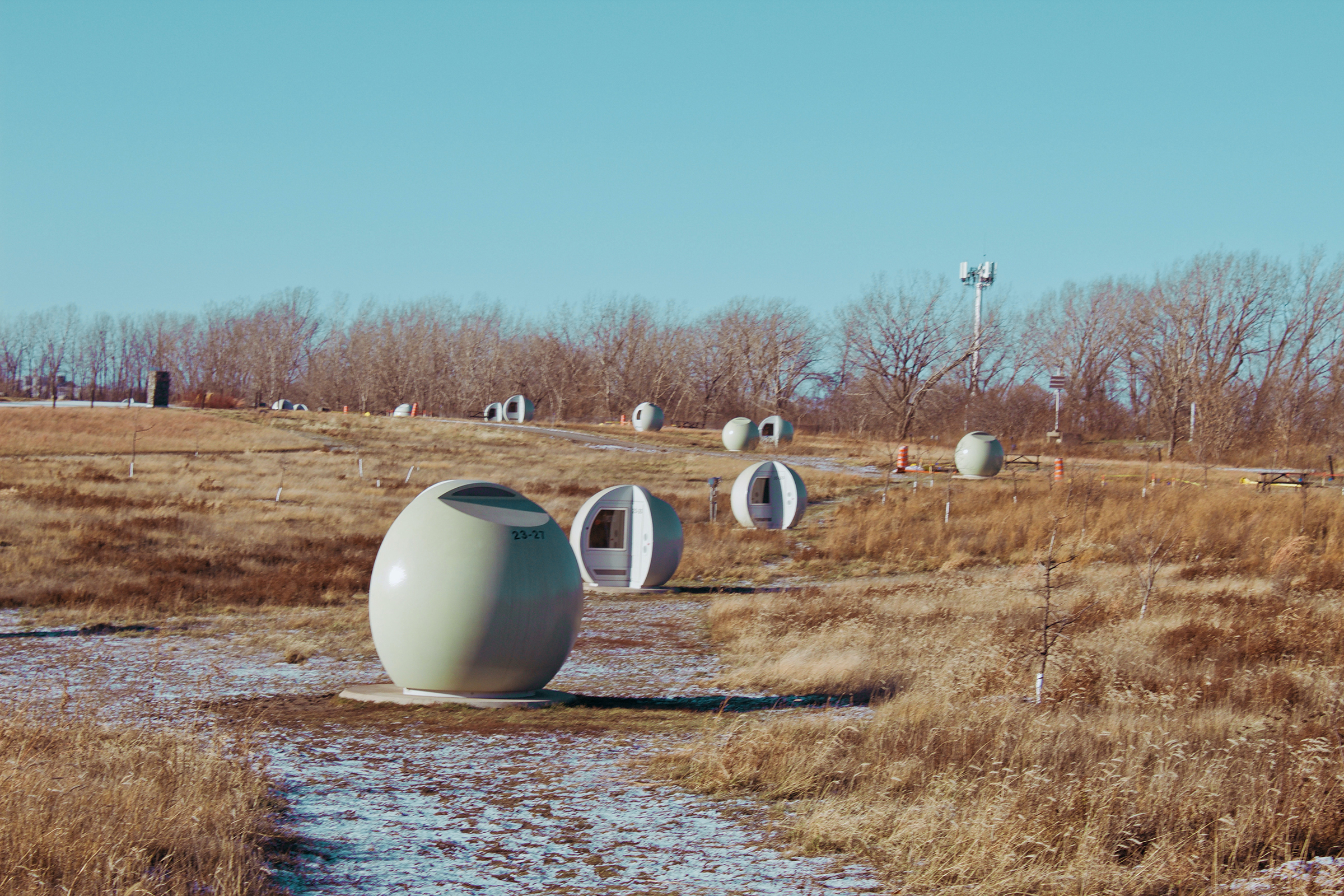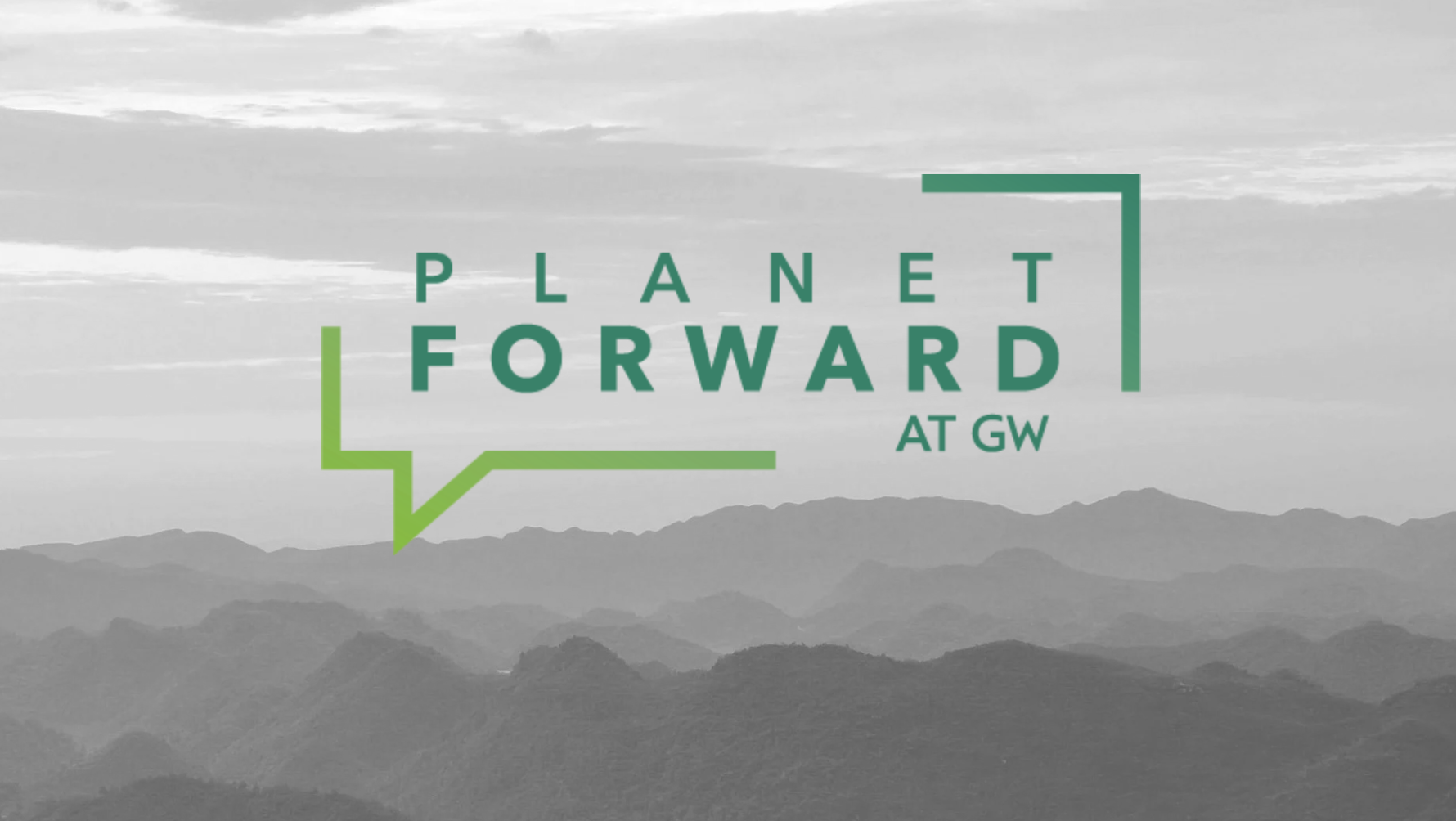 Last week I visited an anaerobic methane digester in Skagit County, Washington. The plant, owned by Kevin Maas and his brother of Farm Power Northwest, produces 750 kilowatts of electricty, enough to power 500 homes and accounts for 0.5% percent of the county's total electricity usage.
Last week I visited an anaerobic methane digester in Skagit County, Washington. The plant, owned by Kevin Maas and his brother of Farm Power Northwest, produces 750 kilowatts of electricty, enough to power 500 homes and accounts for 0.5% percent of the county's total electricity usage.


The manure is then processed and the gas is burned to power a generator, which produces electricity.

The leftover manure is separated into liquids and solids. The liquids are sent back to the dairy farms to use as fertilizer. The solids are turned into cow bedding, which saves the farmers over $100,000 dollars in sawdust costs.

This relationship helps keep dairy farmers in Western Washington, an area that has already seen the industry decline.

Despite the benefit to the local community and little environmental impact, anaerobic methane digesters are not a common technology. There are currently only four in the state of Washington, with a fifth under construction.
Constructing a digester is what Maas calls a "horrible development process" that can take years. There is a lot of money that needs to be invested before construction can begin. Farmers usually do not have the time or money to develop the digesters themselves, which means it is usually up to third-party developers like Maas, and even then it is difficult.
Maas' plant was partially funded by grants, but still took 2 and a half years of development before it became profitable.

Despite the strenuous and lengthy development process, Maas believes there is a future for this technology. It is a unique technology in which nothing is lost in the process. Farmers receive fertilizer and cow-bedding and the digester receives electricity to power hundreds of homes. "It's a great deal," says Maas, "and we love doing it."
">


